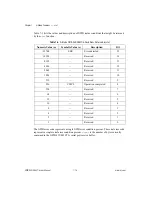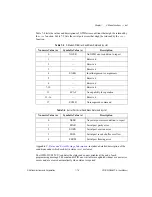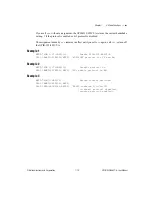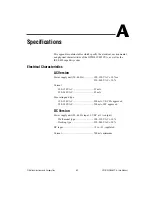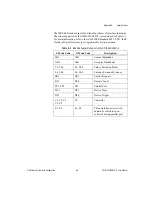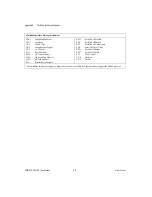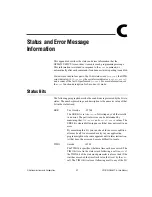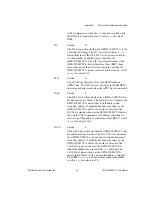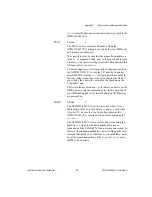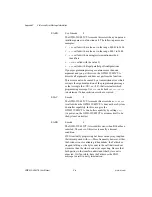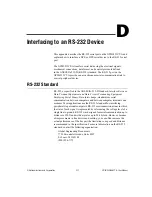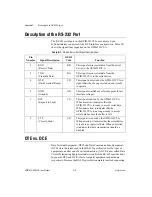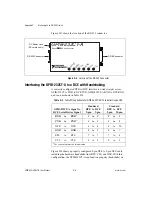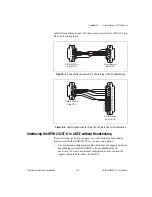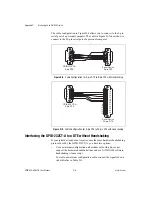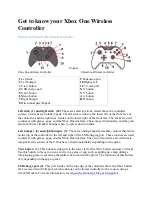
Appendix C
Status and Error Message Information
C-2
www.ni.com
functions (for example,
rd
,
wrt
, and
cmd
), if a timeout occurs
during a call. The TIMO bit is cleared in the status word in all
other circumstances.
END
S mode
8192
The END bit specifies whether the END or EOS message has
been received. The END bit is set in the status word following
a
rd
function if the END or EOS message was detected
during the read. While the GPIB-232/485CT-A is performing
a shadow handshake as a result of the
gts
function, any other
function call can return a status word with the END bit set if
the END or EOS message occurred before or during that call.
The END bit is cleared in the status word at the start of any
subsequent programming message.
SRQI
S mode
4096
The SRQI bit specifies whether a device is requesting service.
This bit is set in the status word whenever the SRQ* line is
asserted. The bit is cleared whenever the GPIB SRQ* line is
unasserted.
CMPL
S or G mode
256
The CMPL bit specifies that the operation relating to this
status information is complete. This bit is always set, and is
useful in identifying the status word from other responses.
LOK
S mode
128
The LOK bit specifies whether the GPIB-232/485CT-A is
in a lockout state. The LOK bit is set whenever the
GPIB-232/485CT-A detects the Local Lockout (LLO)
message has been sent either by the GPIB-232/485CT-A or
by another Controller. The LOK bit is cleared when the
Remote Enable (REN*) GPIB line becomes unasserted.
A call to
onl
also clears LOK.
REM
S mode
64
The REM bit specifies whether the GPIB-232/485CT-A is in
remote state. The REM bit is set whenever the Remote Enable
(REN*) GPIB line is asserted and the GPIB-232/485CT-A
detects its listen address has been sent either by the
GPIB-232/485CT-A or by another Controller. The REM bit is
cleared whenever REN* becomes unasserted, or when the
GPIB-232/485CT-A as a Listener detects the Go to Local

